My world may seem to be a great big mess at the moment – my herb, flower and vegetable gardens look a bit ramshackle and dishevelled, and my dining room table is strewn with a cacophony of bags, boxes, baskets and buckets.
And I can’t be any happier! Why? It’s seed saving time, of course!
I am a self-confessed seed addict. And I am 100% convinced that this is in actual fact a true addiction. I experience elation and euphoria when I get new seeds over the post, wait in nail-biting anticipation for the latest seed-catalogues to arrive, and get a bit crazy-eyed when I wander into my garden to find ripening seed pods. I obsessively pack, sort out and move my seeds around, and cannot imagine my life without my seed boxes. Confession: I even have a “Seed Collecting Kit” in my handbag – complete with Ziploc baggies, labels, a permanent marker, and mini secateurs, you know, just in case I run into some seeds that desperately need to be collected…
I am not the only one either, I know from my connections on various Seed Saving and Gardening Facebook Groups, and myriad of confessions on the internet, there are lots of people who hyperventilate just a bit when the topic of seeds come up. “Hello everyone, I am Minette, and I am a seedaholic.” Please, don’t get me wrong, I’m not belittling addiction, and know full well how devastating an addiction can be – I count myself very lucky indeed that my addiction tendencies happened to fall onto what can be considered a healthy pursuit.
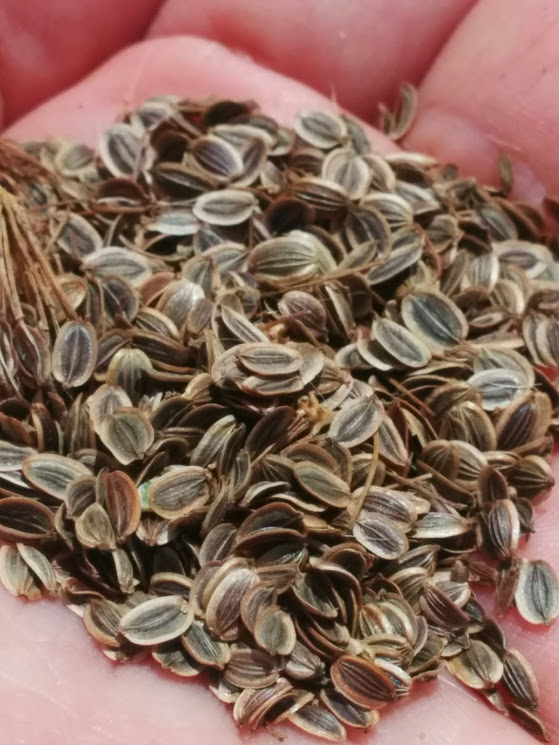
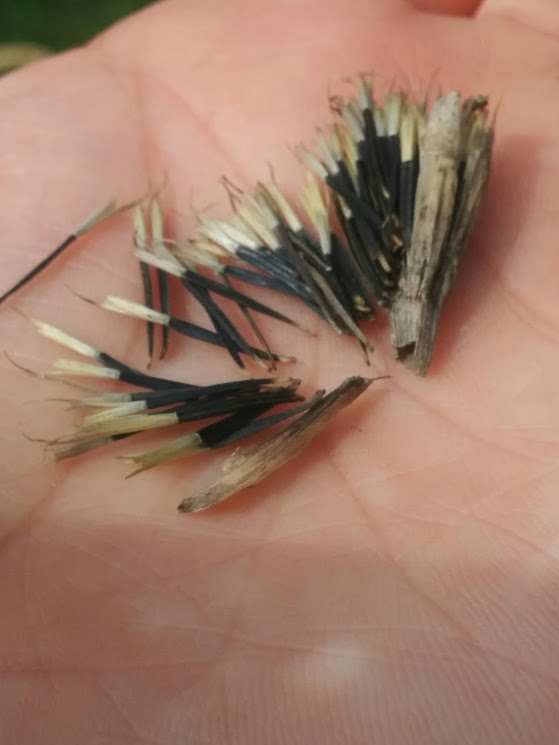

So, while I delve into, and research the fascinating topic of the psychology of seed saving compulsion, of which I hope to share my findings with you soon, I thought I’d give a few thoughts and pointers on collecting and saving seeds as autumn gathers momentum and summer producing plants tend toward making seeds.
The best time
Most plants seem to have their seeds ripen during late summer, and the best time to collect a good variety of seed is in early autumn. Of course, this is not true of everything, and the pips and seeds from fruit and vegetables can be saved as the produce is harvested.
Seeds are best collected when they are fully ripe and dry, else they might not have completed formation, or store well.
The best kind
Organic If you are into pure organics, then seeds from an organically managed environment are important to you. These seeds won’t have any pesticide or herbicide residue on them, and claims are that they could produce more robust plants that are already adapted to organic growing conditions. Personally, while I grow my plants using organic principles, I’m not a stickler for purely organic seeds.
Productive Genetically it makes sense to “breed from the best”, and if you have a particular plant that does really well in your garden, or find a magnificent specimen in someone else’s, it stands to reason that seeds from those will produce similar strong offspring.
Local It is believed that saving the seeds from plants growing in and around your immediate area will result, over time, in plants that are better adapted to that environment. You may find, for example, a new variety of tomato does only moderately well one season in your garden, but after a few years of continual seed saving, produce happily and abundantly.
Non-hybrid Hybrids are plants that are specifically bred for particular traits (such as a low growing habit, flower colour, greater fruit production etc.) Hybrid seeds are NOT GMOs (genetically modified), but simply the result from the manipulation of pollination. The reason why hybrids, in particular F1 hybrids (first familial hybrids) are not good to save seed from, is that they generally don’t produce true to type. This means that if you grow a plant from an F1 hybrid, and save seed from it, the plants resulting from those seeds will most probably not look or produce the same as the original F1 that you had. Sometimes the gamble is worth it though – below (left) is a picture of a sunflower I grew from seeds saved from the F1 red/bronze hybrid called “Moulin Rouge” (pictured right).
Cross pollination There are many plants that readily cross-pollinate, meaning that seed (like the above hybrids) may result in plants and/or fruit that does not look like the original mother plant. Cross pollination is basically nature’s own hybridization. Plants that need to have a good space between different varieties to ensure proper seed saving practices include pumpkins and squashes, brassicas such as cauliflower, broccoli, and cabbage, different chilli cultivars within the same species, and some flowers.
Name, or be shamed
I still fall into this trap – and I’ve been seed saving for years – but it is honestly best practice to immediately label the saved seed with a name, date and place collected. You may think you will remember, or easily recognise the seed, but as my packets of seeds simply marked as “?” prove – you don’t always. If you can, take a photo of the mother plant, noting its specific features such as growing habit, flower colour etc. This all ensures you know when to sow the saved seed again and which conditions will result in the best germination.
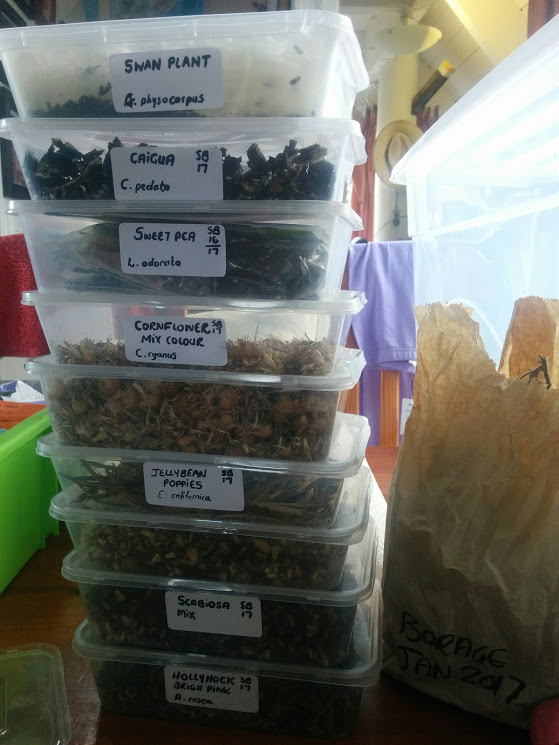
Asking permission… or forgiveness
Gardeners are generally quite giving folk, and unless they run a nursery from home, or have a jealously guarded home-bred cultivar, they’ll be happy (and flattered) to give you some of the seeds from plants in their garden. I have found over the years that asking is better, but know there are many stealthy seed snatchers out there too!
Creative improvisation
Unless you are well prepared and have all the goodies at the ready, you sometimes find yourself with an opportunity to collect seeds and must make do with whatever you can find to keep the seeds safe – a napkin, empty mint tin, till receipt and coin purse make a quick seed saving packet in a pinch.
Sharing is caring
There’s a seed savers group around every corner, and in all corners of the country, so get connected, meet up, exchange seeds and get growing!
References
- davesgarden.com
- Seed Saving and Starting, The Complete Idiot’s Guide, Sheri Ann Richarson
- permaculturenews.org
- https://en.wikipedia.org/wiki/Seed_saving

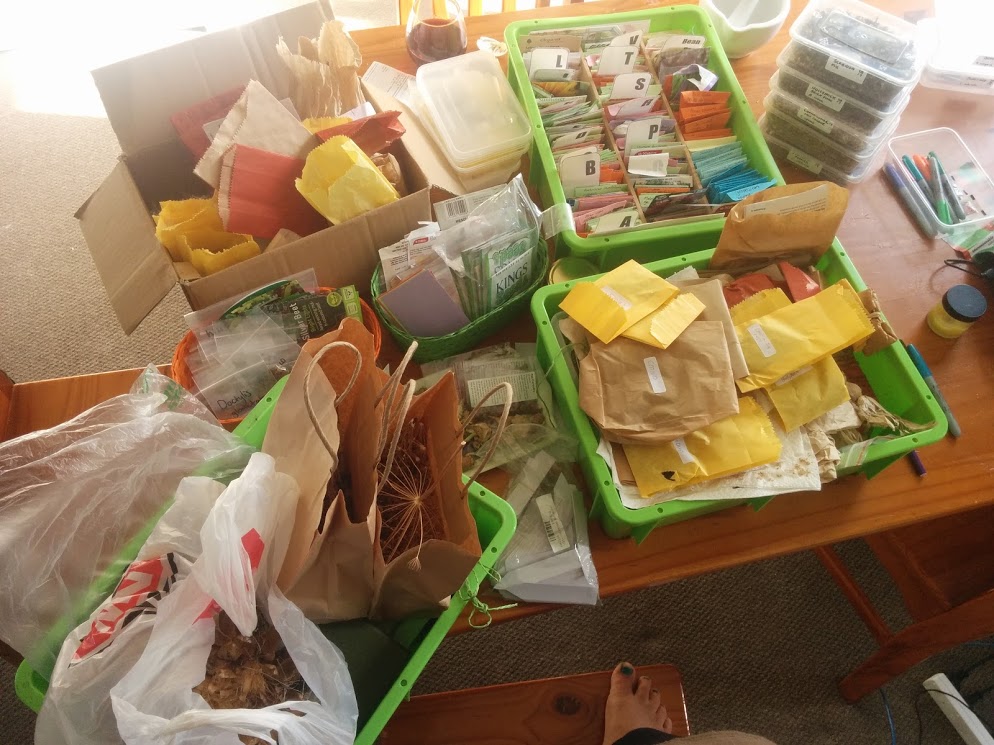
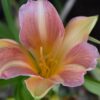
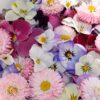
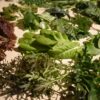
1 Comment
[…] not just the produce I harvest this time of year, but also the seeds. I'm an avid seed saver, and seed collector. There is just an added bit of pride come next growing season when you whip out […]